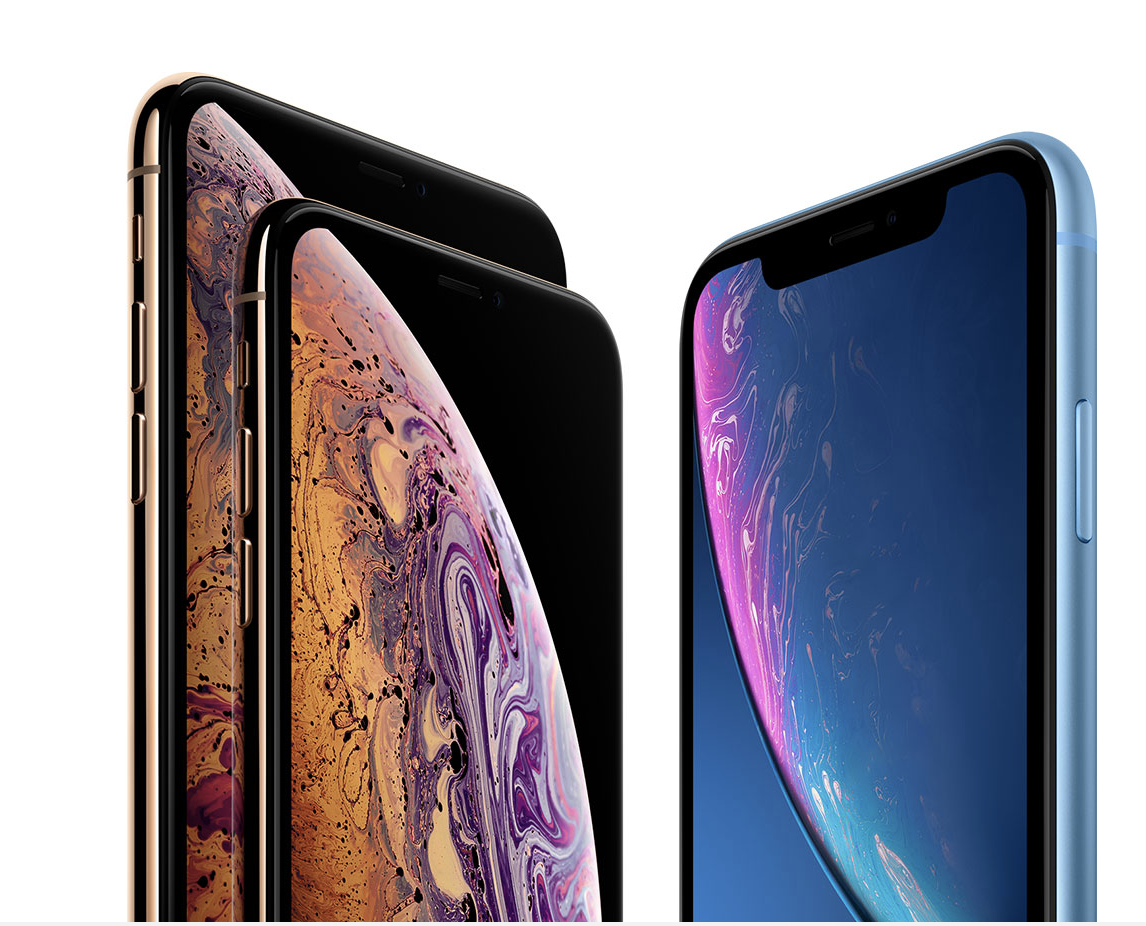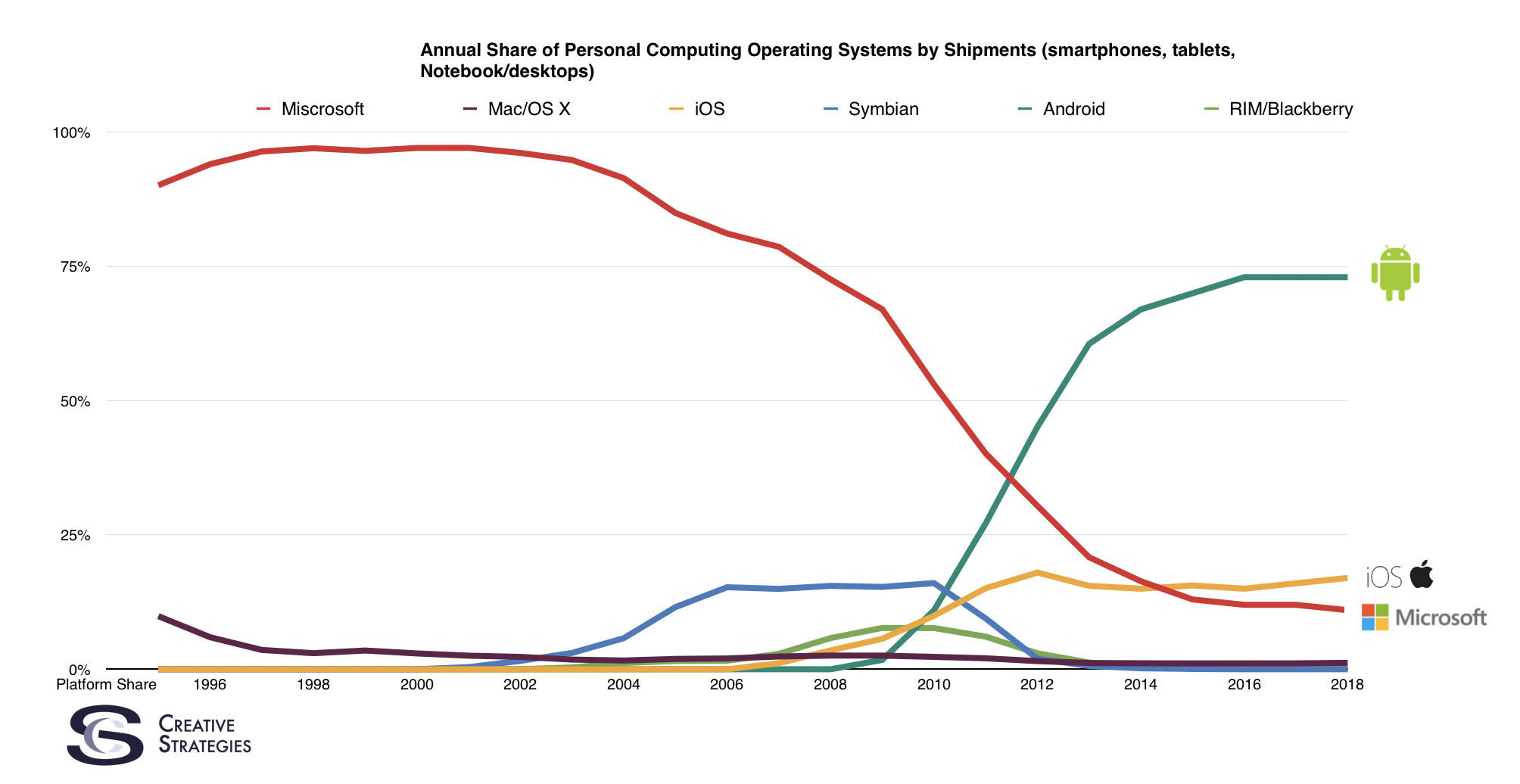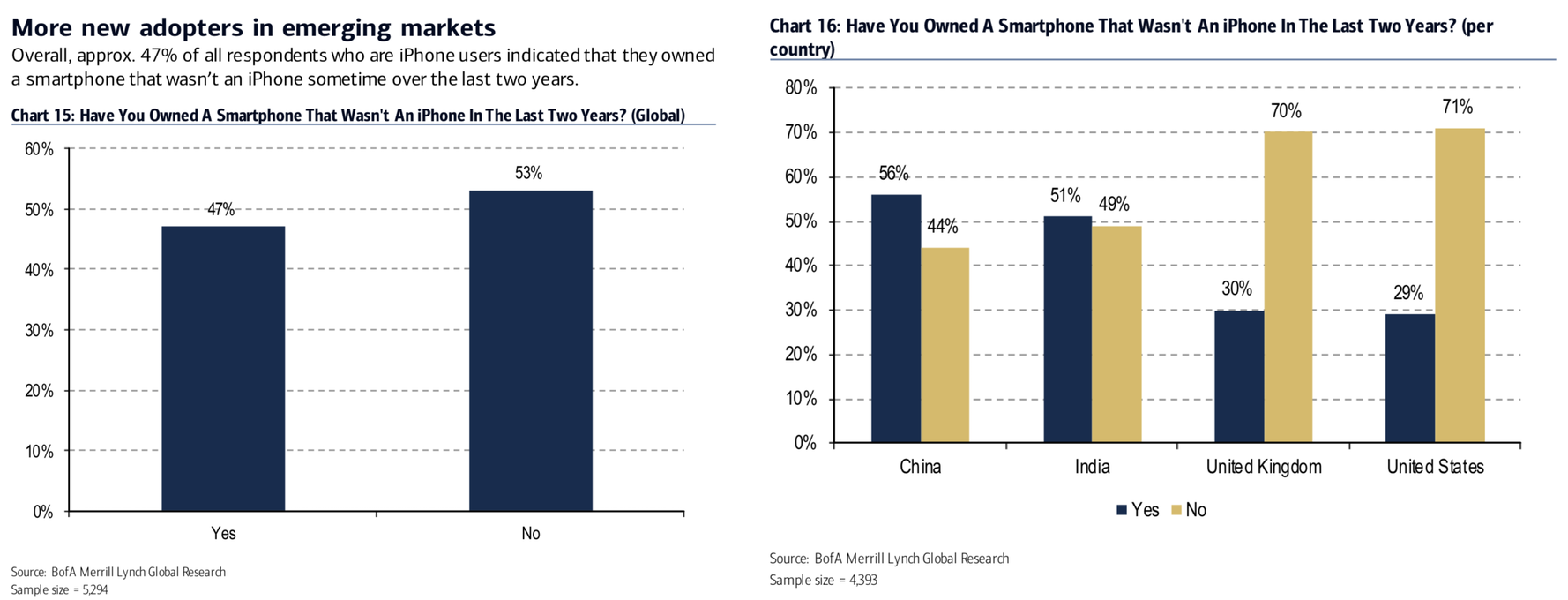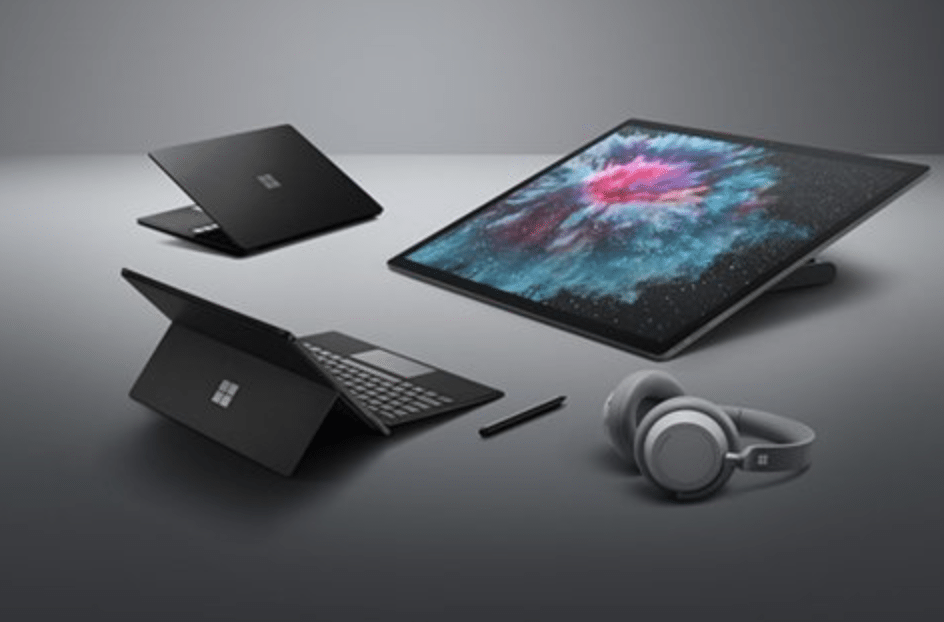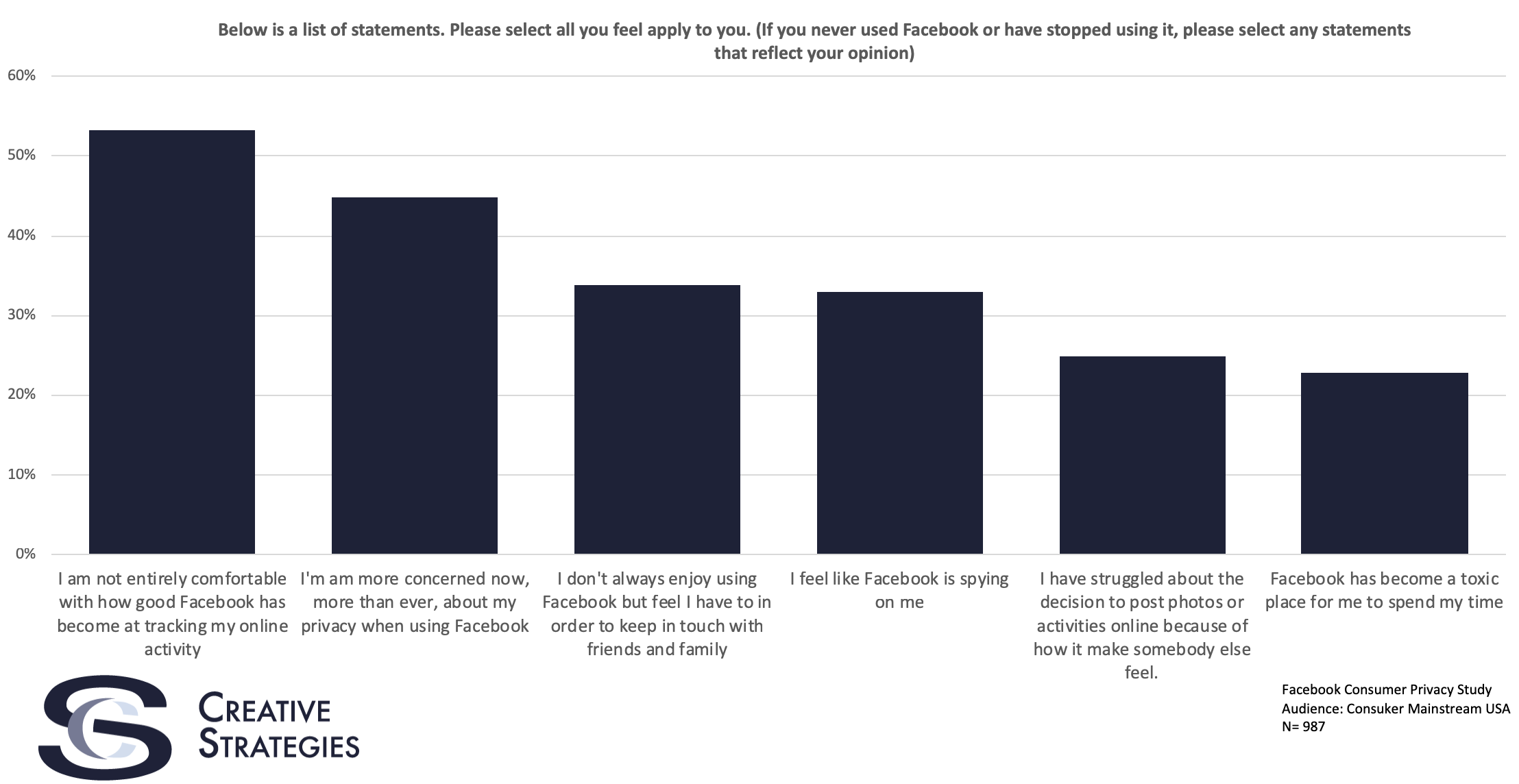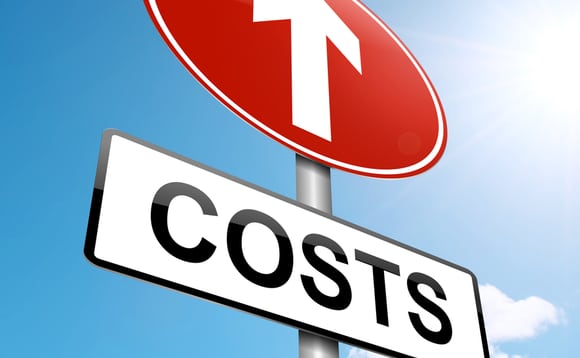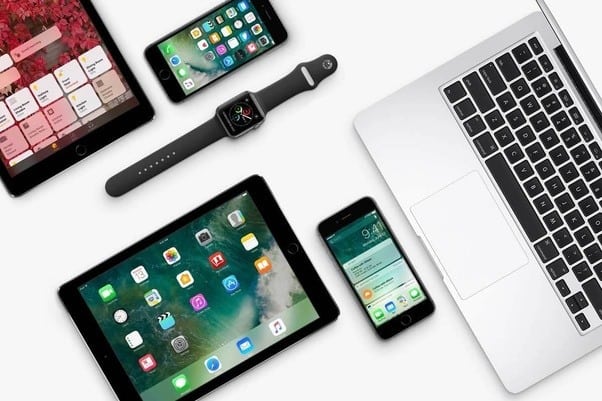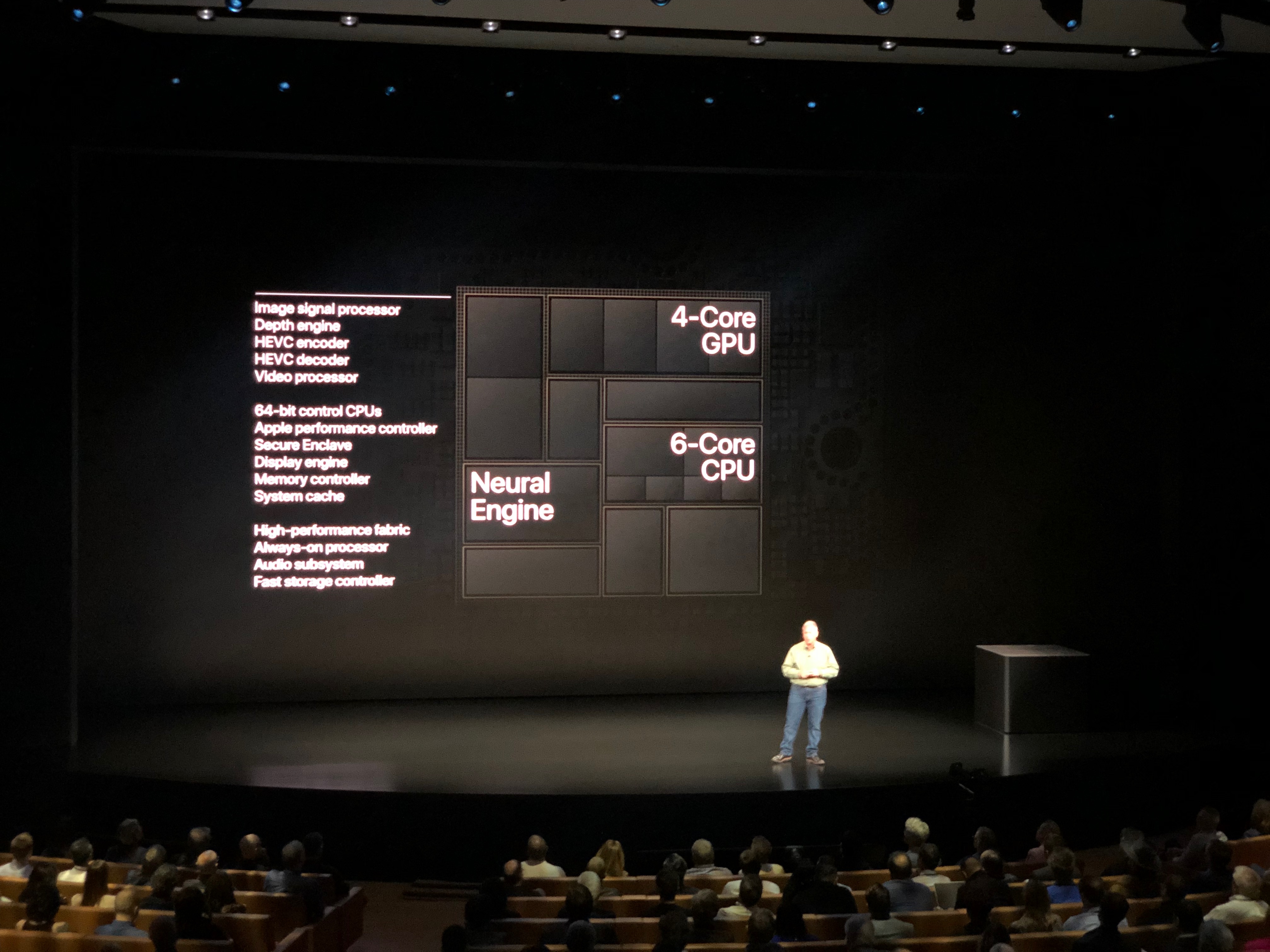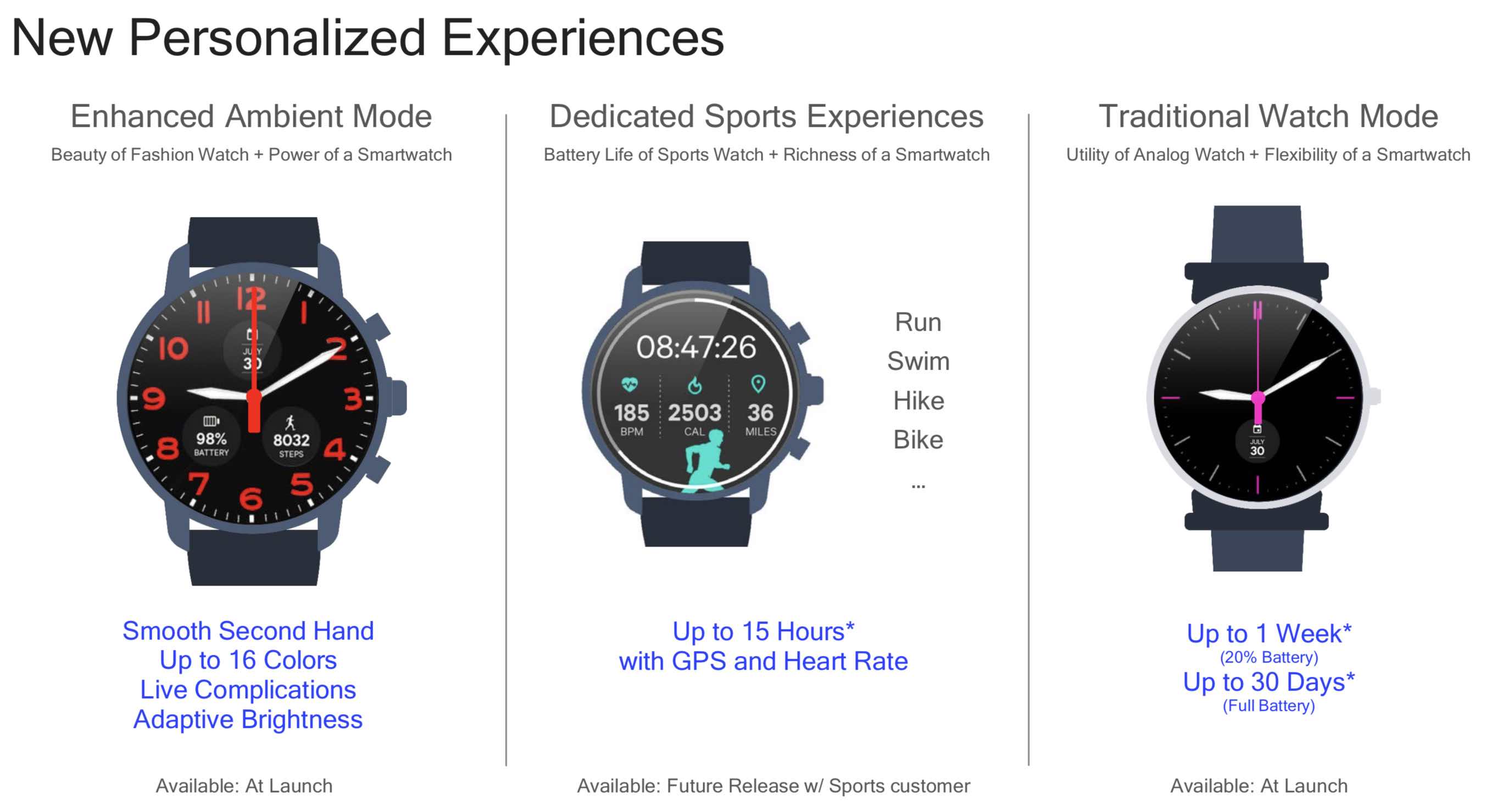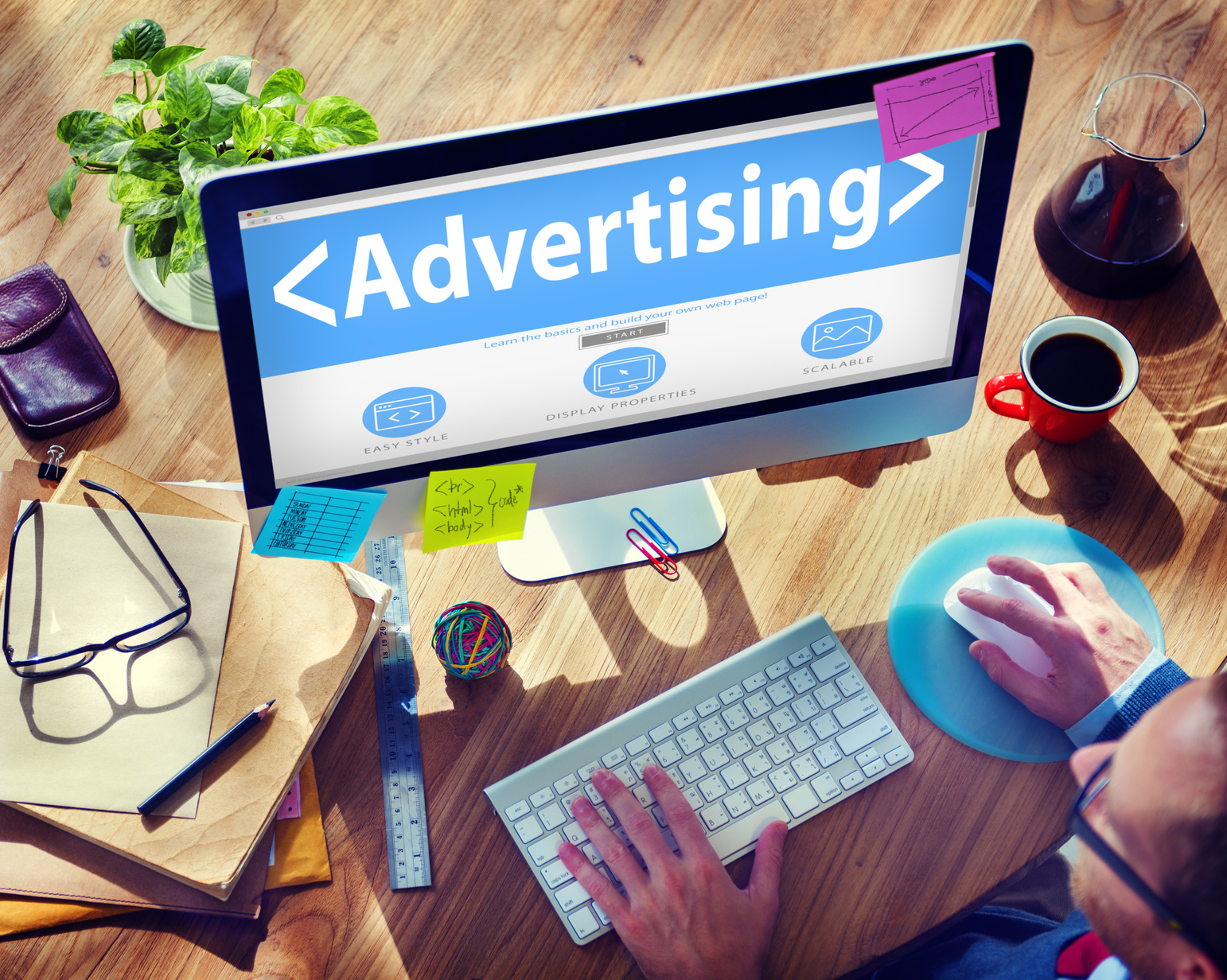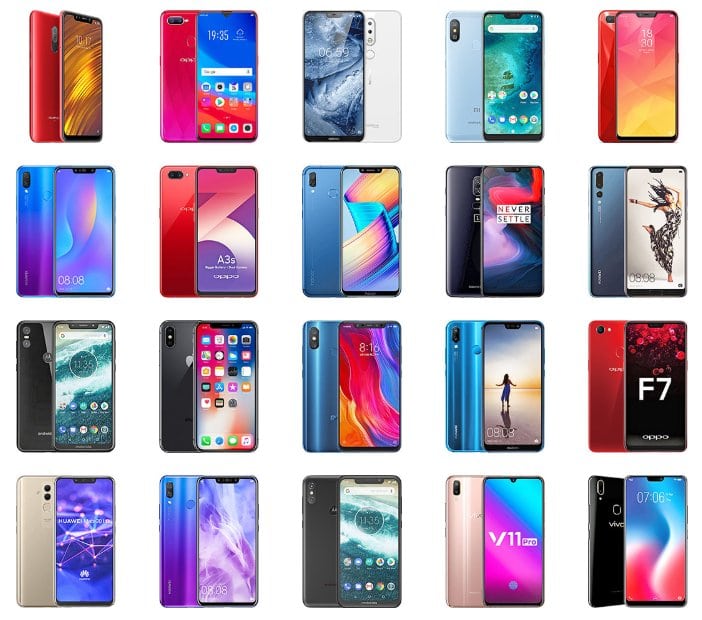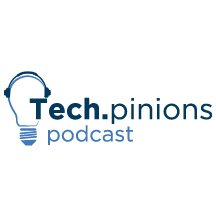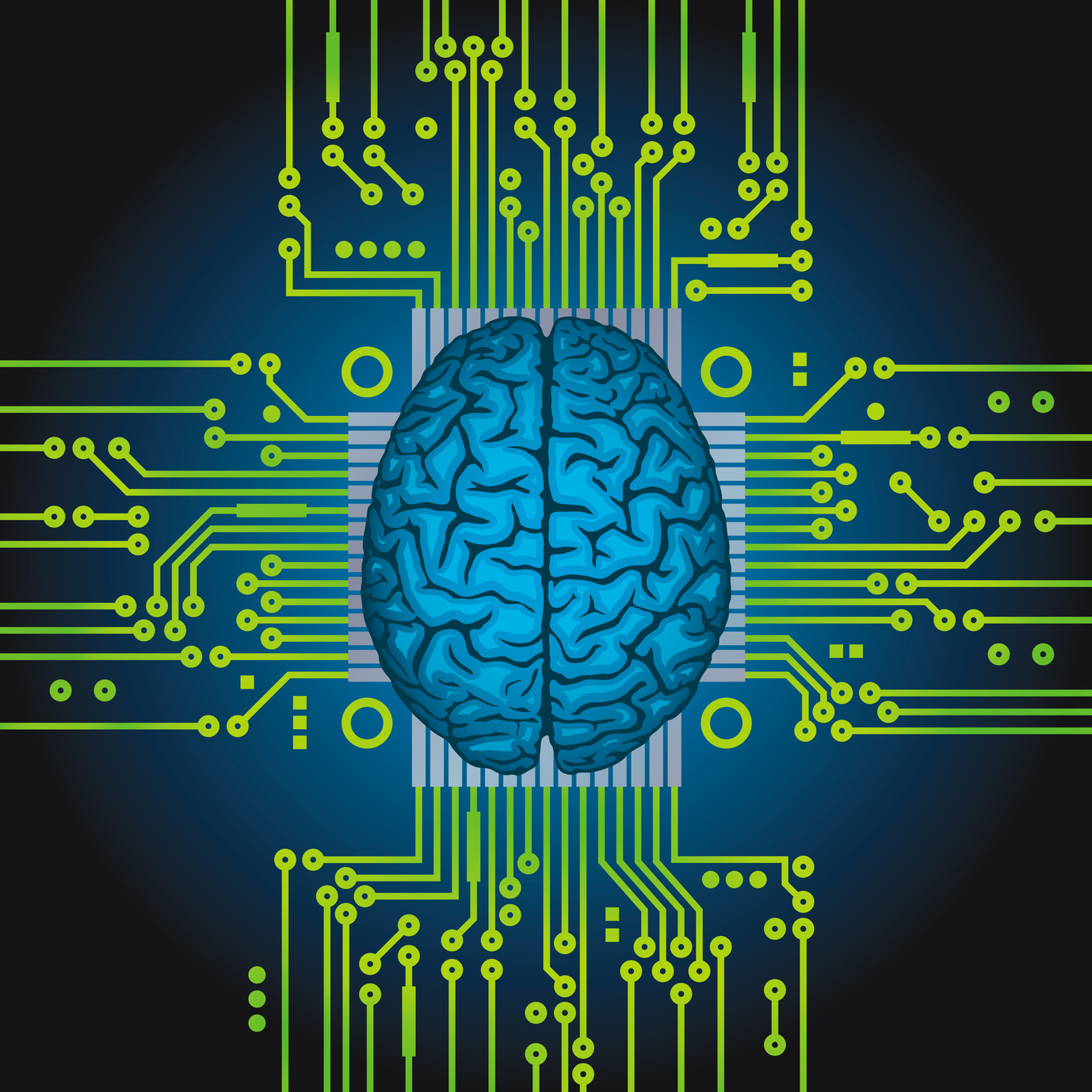The iPad’s form factor has been a subject I have been writing on for years. I’ve always believed Apple when they frame this product as the ultimate personal computer and the device that has the most potential to enable things not possible before with mouse and keyboard computers. The problem, though, is most consumers still struggle to see the iPad like that and while they may have an iPad as a companion or entertainment-focused device they still use a PC/Mac for the bulk of their production workflows. With the latest generation of iPad, Apple wants to change all of that.
Apple is touting the newest iPad Pro lineup as the biggest change to iPad since the first iPad. Which is important because they need consumers to start fresh in their mind when they think about iPad going forward. If everything has changed then all the preconceived notions they have about iPad can be put aside.
Ending the Debate
It does feel like an entirely moot debate, but many in the mainstream media still like to haggle with the idea the iPad is a computer. That being said, I do feel Apple still has to make the case to the end market that iPad is undoubtedly as capable, and in some cases more capable than a notebook.
While Apple has been building their marketing in this direction for a few years, I think this year is the full court press for iPad marketing. Note a couple of catchphrases I pulled off the iPad’s landing page on Apple.com.
A12X Bionic is the smartest, most powerful chip we’ve ever made. It has the Neural Engine, which runs five trillion operations per second and enables advanced machine learning.
Translation: It’s faster than most PC laptops.
It’s all new, all screen, and all-powerful. Completely redesigned and packed with our most advanced technology, it will make you rethink what iPad is capable of.
And what a computer is capable of.
Like a computer. Unlike any computer.
It’s more powerful than most computers. And more portable than all of them
It’s a computer that lets you do everything with touch.
iPad Pro does what a computer does but in more intuitive ways.
Use multiple apps at the same time with a few taps. Move objects between apps simply by dragging and dropping, or switch apps with a single swipe.
That is a small sample, and after I indexed the page, I counted 11 references with the word computer in it when talking about or comparing iPad. Apple also is hitting hard on most the main use cases from web browsing, email, multitasking, messaging, Office, wireless printing, and a slew of other things that normal consumers will see and conclude iPad Pro does pretty much everything they can do with their PC or Mac and more.
Having analyzed Apple’s iPad Pro landing page the last few years looking specifically for a full court press to position it against a notebook I can conclude this year is Apple’s biggest push yet.
It Boils Down to Workflows
Interestingly, in many of the end consumer research we do, when we talk about reasons they stick with a PC form factor it all comes down to a heightened awareness of their workflows. They always cite certain things they can’t or don’t think they can do with iPad that is a barrier to replace their notebook with it. I know many people who have successfully done this and aren’t looking back, but they are still in the minority.
Consumers start with workflows in their mind, even though they don’t think about it in those words. Then they look at the hardware and determine the best choice to fit their workflows. Apple has the best leverage here, as a major trend has emerged where the iPhone has become a central part of most consumers daily workflows. Consumers are waking up to how much their iPhone can do and how many workflows it has taken from the PC that there should be a comfort level that if their iPhone can do it, then iPad can do it, and more. This comfort level with iPhone as a critical part of most consumers daily workflows could be the most leverage Apple has in getting consumers to think about iPad as their next big screen computer.
Marketing and the Ecosystem
For Apple, it is up to their stellar marketing prowess to tell this story more broadly and entice consumers to go all in with iPad. The big design changes are certainly going to get their attention, and I have a feeling there is an aged iPad installed base that is due to upgrade, and this may be the year.
Lastly, the third party ecosystem is what can truly turn the tide for iPad. Apps for iPad are already numerous but we are still waiting for a large wave of creativity from developers when it comes to third-party apps for iPad that are unique, exclusive, and take advantage of all the unique hardware of iPad.
On this point, I’m leaning toward flipping my thinking about Apple’s efforts to bring iOS apps to Mac as a strategy for more iOS software on Mac. Perhaps the best way to understand this is to as a Trojan horse for more Mac specific developers to bring their apps to iOS/iPad.
For iPad, I’ve always thought the analogy of a blank slate was apt. It is a device where anything is possible and a blank canvas for its owner to use it in any way they see fit. Let’s hope the market sees iPad’s true potential.


